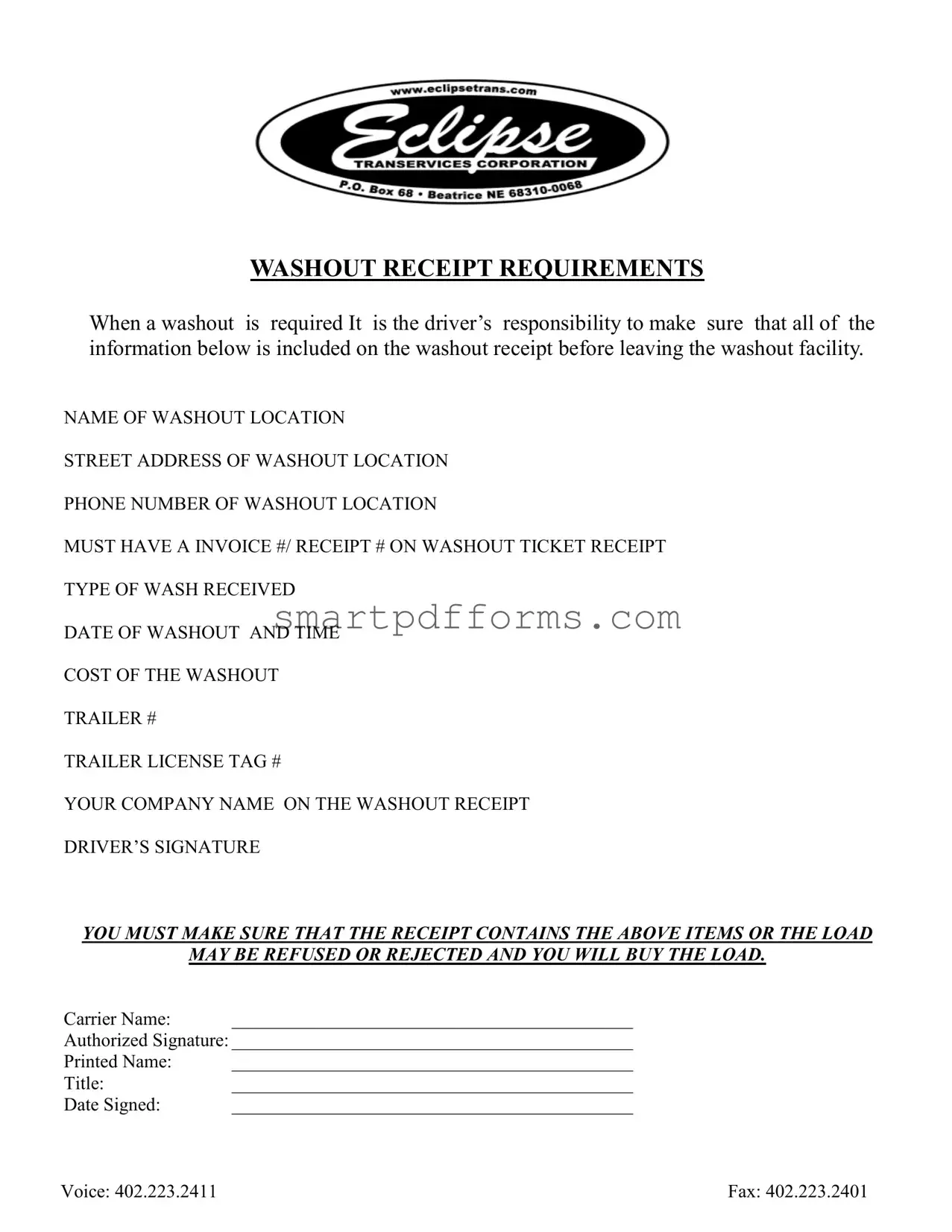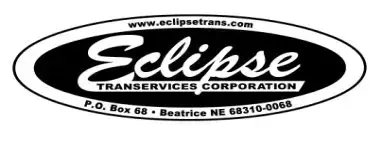Blank Trailer Washout Ticket PDF Template
The Trailer Washout Ticket form is an essential document for drivers, detailing the requirement for a thorough washout of their trailer when necessary. It outlines specific information that must be included on the washout receipt, such as the washout location, contact details, service type, and the cost involved, to ensure the cleanliness of the trailer for subsequent loads. Drivers are reminded that the responsibility for obtaining a complete and accurate receipt lies with them, as failure to do so may result in the rejection of their load.
To streamline your process and ensure compliance, make sure to fill out the form by clicking the button below.
Make This Document Now

